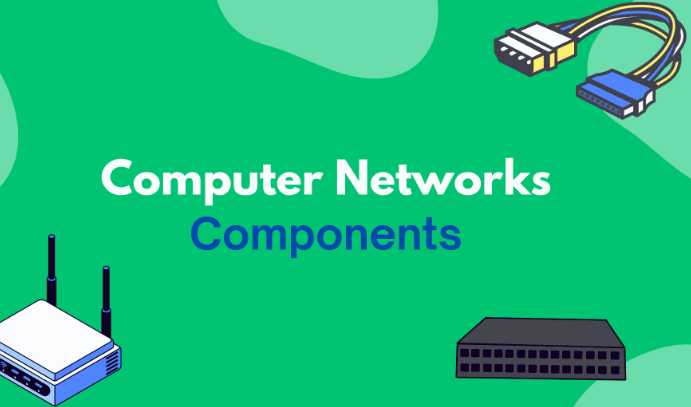Understanding the key components of a network is crucial for anyone looking to navigate our increasingly digital world. These components enable communication, data exchange, and overall connectivity, making it essential for personal, educational, and professional contexts. Grasping these elements can significantly enhance one’s ability to troubleshoot issues, optimize performance, and make informed decisions regarding technology investments.
Network Hardware
At the foundation of any network lie its hardware components, which include routers, switches, and access points. Routers facilitate the connection between different networks, enabling data to flow between them. Switches, on the other hand, manage data traffic within a local network, allowing multiple devices to communicate efficiently. Access points extend wireless networks, ensuring that users can connect seamlessly from various locations, reinforcing the importance of robust hardware in maintaining network functionality.
Network Protocols
Protocols are the rules and standards that dictate how data is transmitted over a network. Common protocols like TCP/IP (Transmission Control Protocol/Internet Protocol) ensure that data packets are sent and received reliably. Understanding these protocols is essential for troubleshooting issues and optimizing performance, as they define how devices communicate, how data is formatted, and how error handling is executed. This knowledge is particularly valuable for network administrators who aim to maintain efficient and secure transmissions.
Network Security
In an age where cybersecurity threats are pervasive, network security components are vital for protecting sensitive information. Firewalls serve as a barrier between secure internal networks and external threats, monitoring incoming and outgoing traffic. Additionally, encryption methods protect data by converting it into a secure format that can only be read by authorized users. Awareness of these security measures not only helps in safeguarding personal and organizational data but also enhances trust among users who rely on networked services.
In conclusion, a solid understanding of network components—ranging from hardware and protocols to security measures—empowers individuals and organizations to navigate and optimize their digital environments effectively. Whether you’re looking to enhance your personal network or manage a complex corporate system, taking the time to learn about these elements can pay off significantly in improved performance and security. Explore further to deepen your knowledge and mastery of networking!

